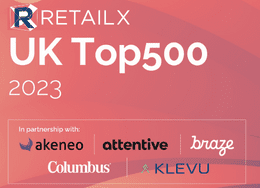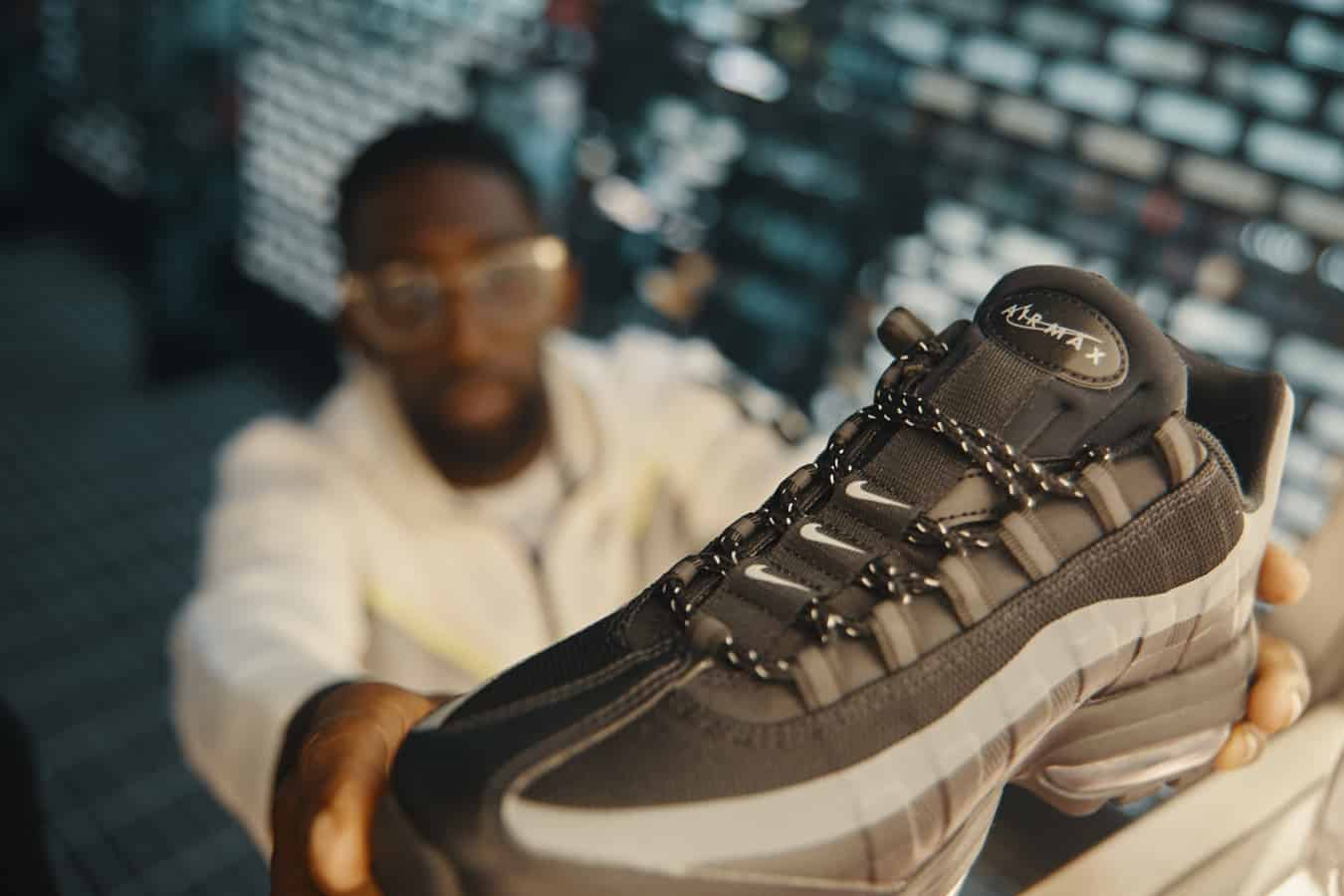
Amazon, Argos, JD Sports, Next and Tesco are named the Elite retailers of 2023 in this year’s edition of the RetailX UK Top500.
These are the retailers that have outperformed the UK market during a year of cost-of-living issues and they head the annual listing of the 500 strongest performers in the UK ecommerce and multichannel retail market. This top group is followed by Leading retailers that showcase best practice in this market. This year’s Leading group includes 20 retailers, from Asda and Boots to Superdry and Toolstation, and more.
Ian Jindal, editor-in-chief of RetailX, says: “Once more, this is proving a tough time for retailers and brands and this year’s report highlights how leading traders in this market are proving flexible and adaptable in response. Our congratulations go both to our Elite and Leading retailers, and to all those listed in this year’s report, after what has been a very testing year.”
The report features an interview with Sherilyn Paterson, group operations director at JD Group, who tells how JD Sports, this year named an Elite retailer in the report for the first time, is putting omnichannel at the centre of its ambition to become a world leader. Paterson says the secret of the company’s success is straightforward: “Everything we do revolves around our customer, and that is what has allowed JD to grow from a single shop in the north of England, to a global powerhouse.” (Download the report to read the interview in full).
The RetailX UK Top500 report, this year published in association with partners Akeneo, Attentive, Braze, Columbus Global and Klevu, is now in its ninth year. This year the annual listing of the leading retailers, brands and marketplaces that sell in the UK comes this year with a new approach to the RetailX assessment of this market.
The focus remains on performance and on the wealth of information about how retailers sell that we’ve built up over the last nine years. This year we’ve added to that with value chain-based analysis. That analysis looks at how retailers – and brands – add value as they go through all of the steps involved in the process of selling goods to customers. It starts with customers – from acquiring them to selling to them at a profit. That depends on having the right products to sell to them as profitably as possible – boosting value while reducing costs. Operations then support and enable those sales, offering the level of service that will help to boost profitability. Finally, capital is about the resources that boost profits and ultimately lead to growth.
The value chains are assessed through nine metrics: access, volume, margin, conserve – also described as waste management – share, choice, business operating model, change and innovation and capital. We set out our findings through analysis of the four value chains, supplemented with RetailX graphics, as well as case studies and features that assess how the market is changing and how retailers are responding to that change.









